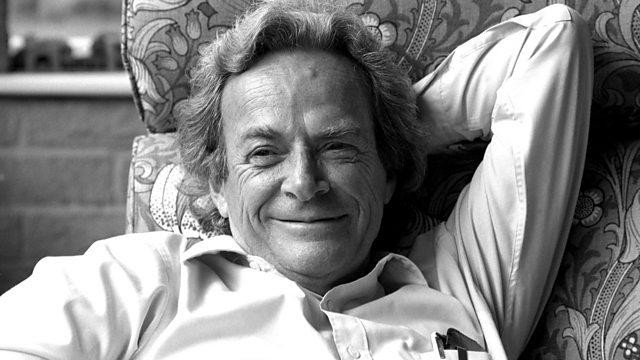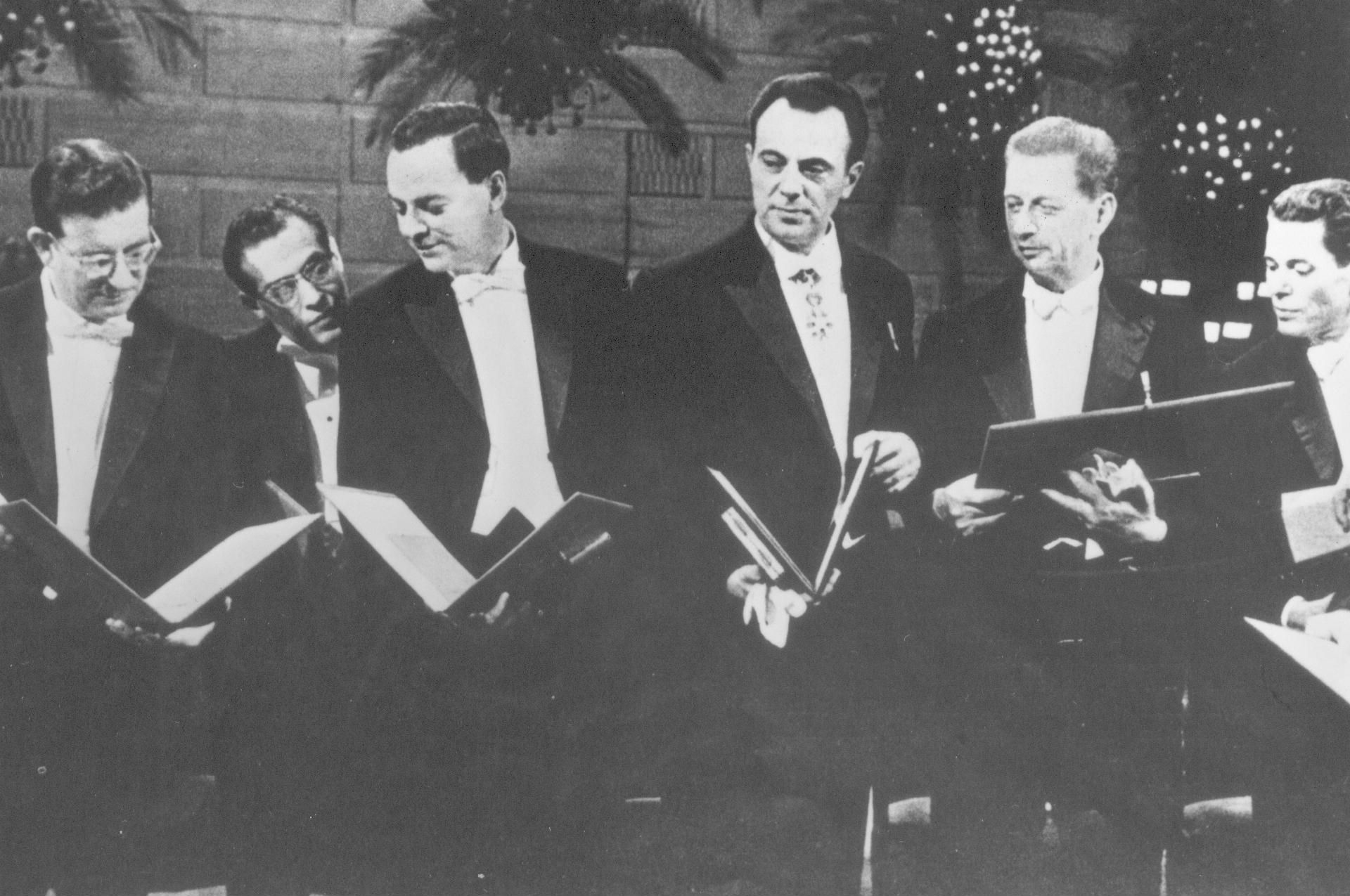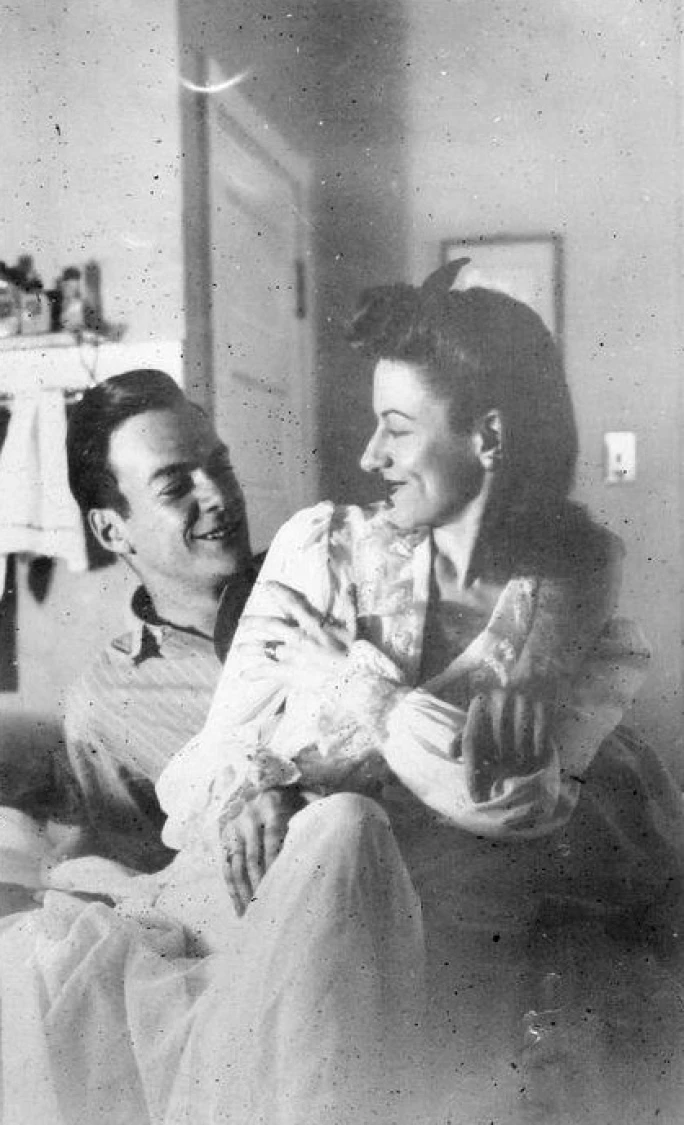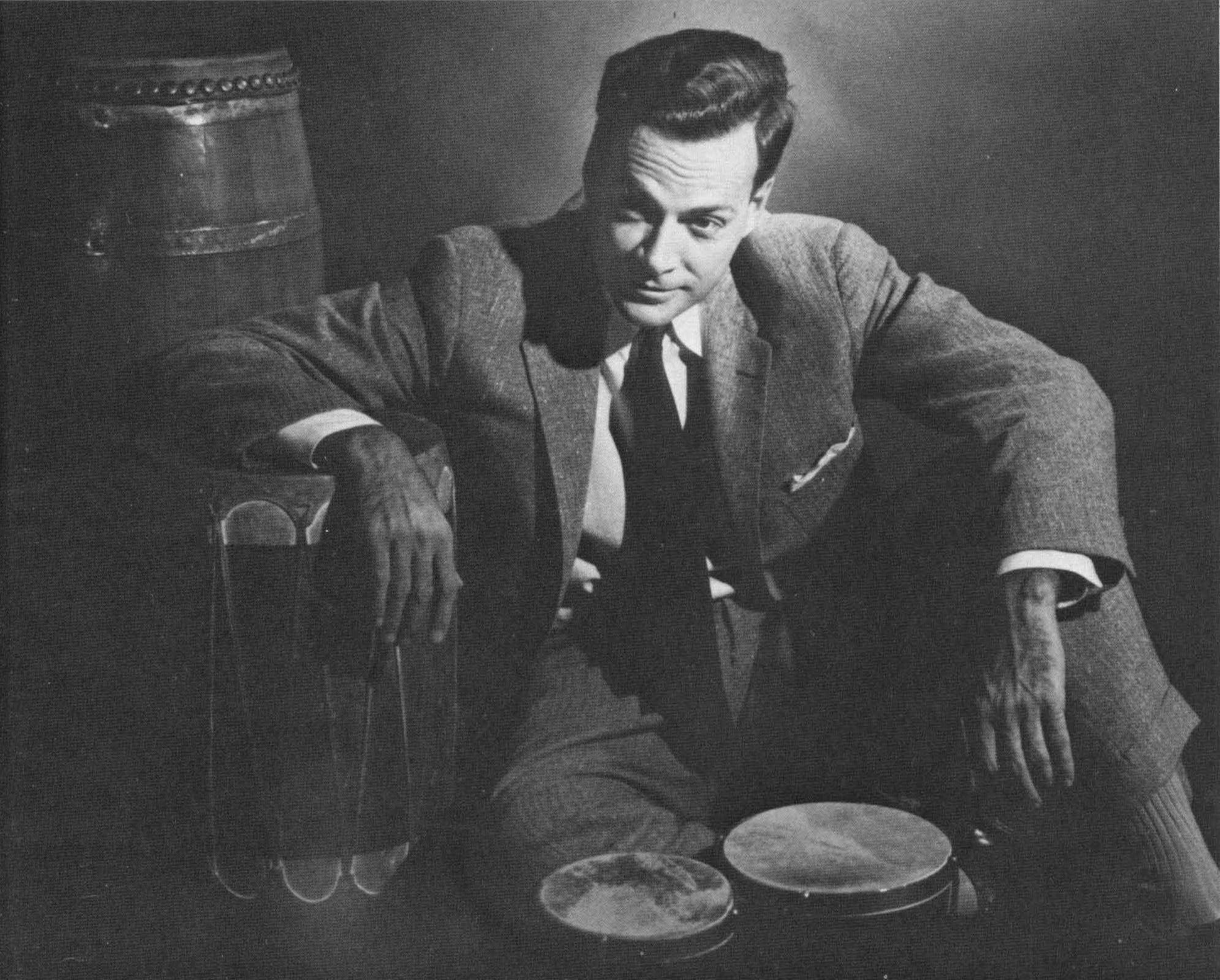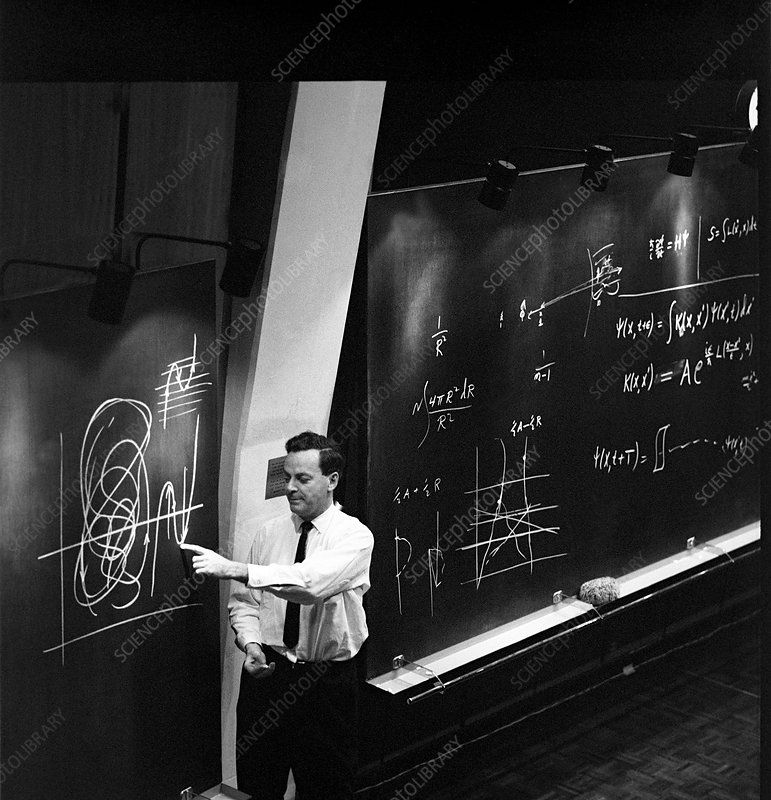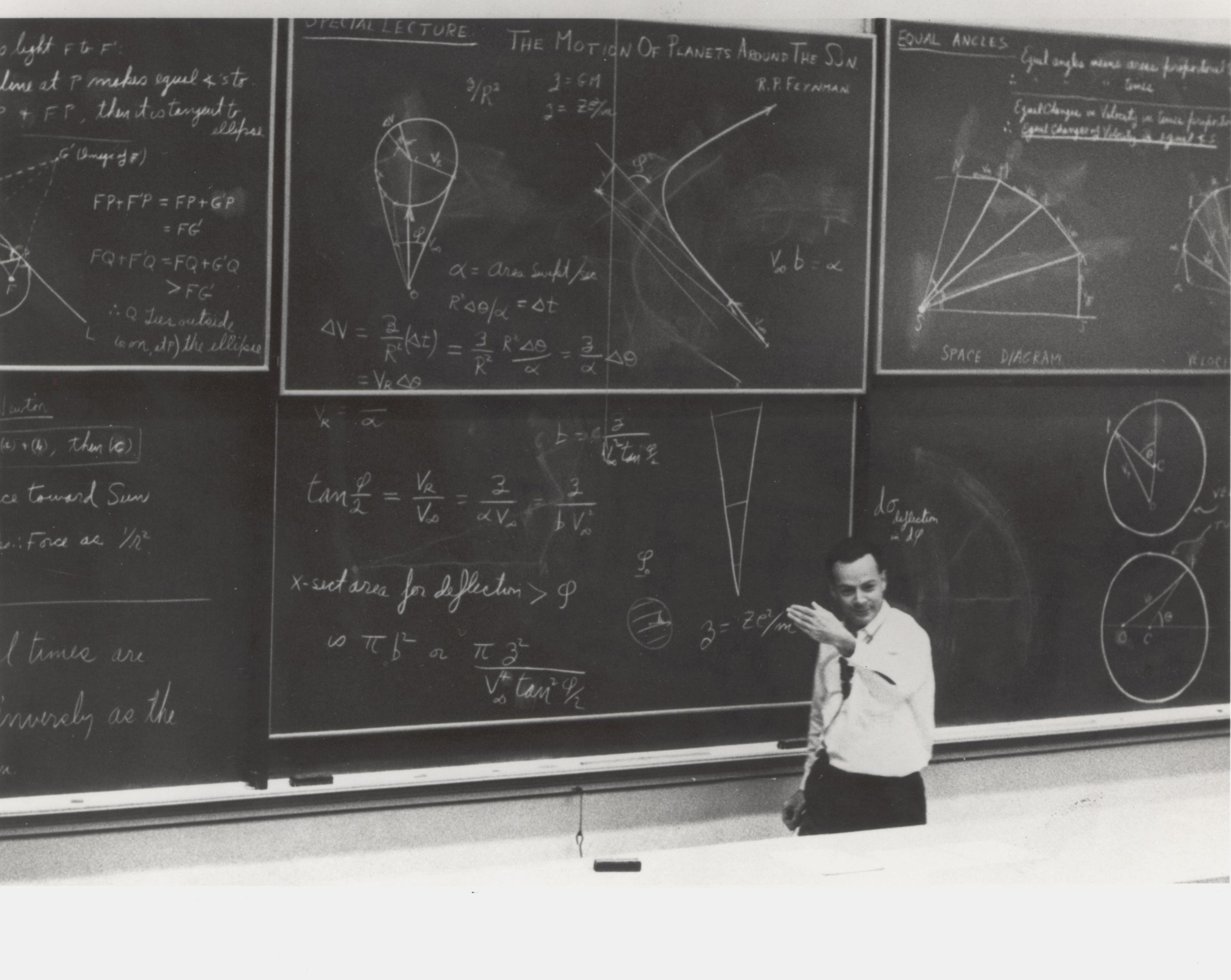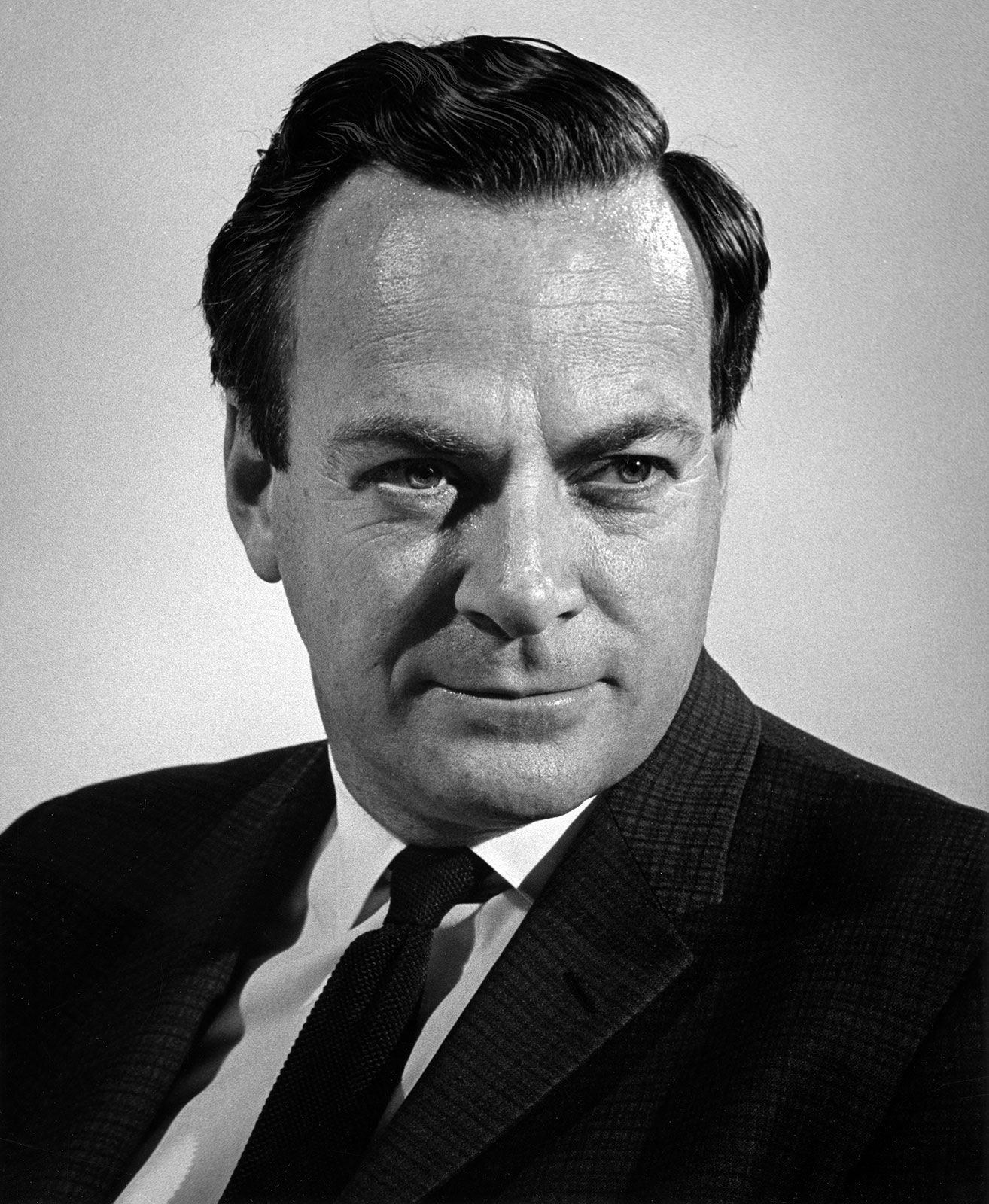
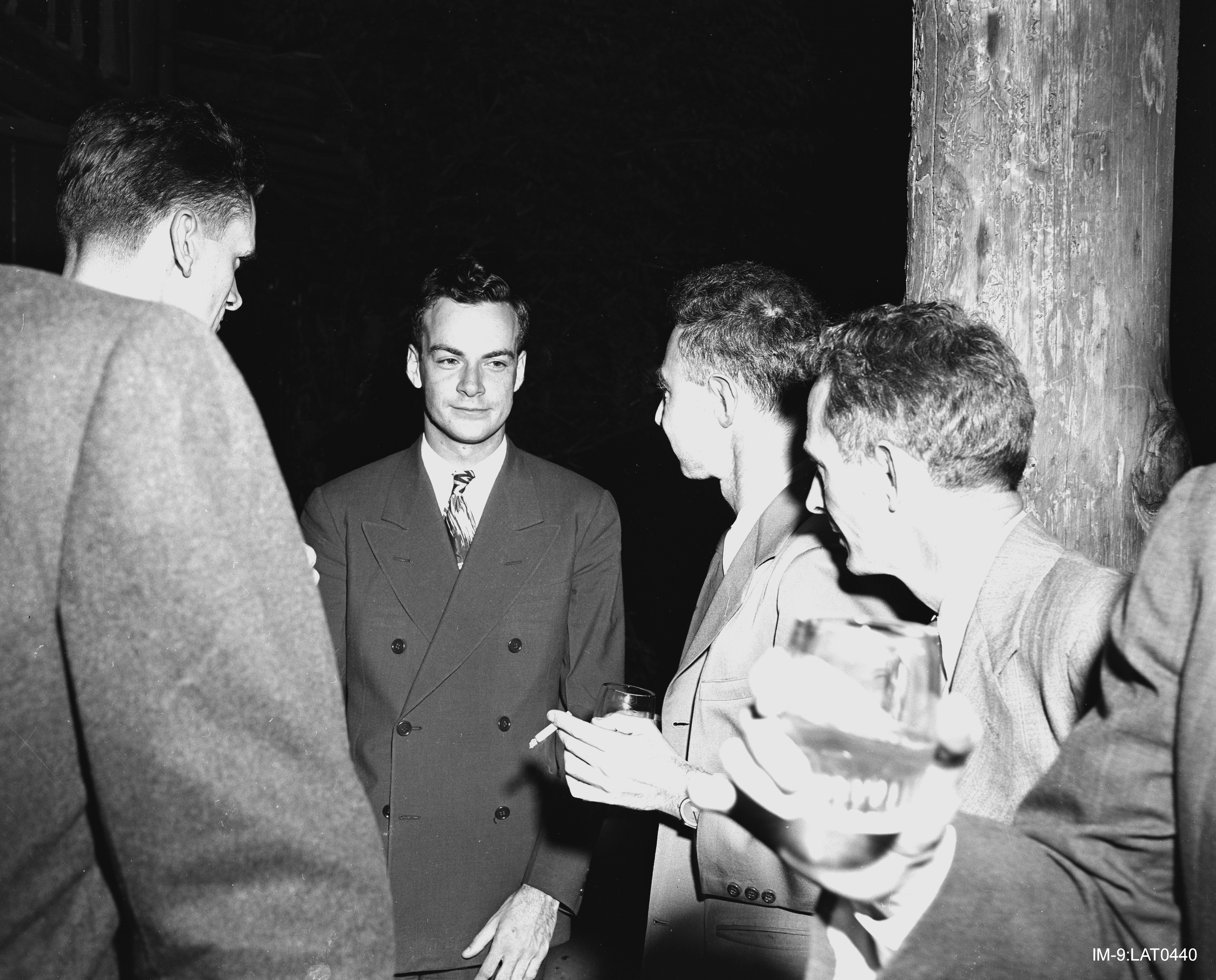










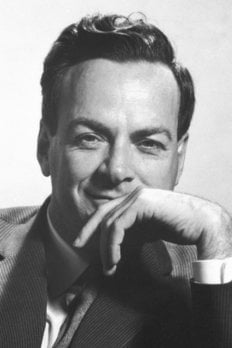
Richard Phillips Feynmen was born on May 11, 1918, in Queens, New York, to Jewish immigrant parents. His father, Melvillem, a uniform salesman with a passion for science, encouraged young Richard's curiosity by taking him to museums and reading encyclopedias aloud. His mother, Lucilles, instilled a sense of humour and wit, shaping Feynman's playful yet inclusive Personality. As a child, Feynman displyed a knack for problem-solving, fixing neighbors' radios and building home-made gadgets laying the foundation for his scientific career.
Feynman's personal life was marked by love and loss. In 1941, he married his high-school sweetheart, Arline Greenbaum, despite her diagnosis of tuberculosis. Their bond was deep, with playful letters and shared dreams, but Arline's death in 1945, during Feynman's work on the Mnhattan Project, left him devastated. He later married Gweneth Howarth in 1960 with whom h had a son, Carl, and adopted a daughter.
Known for his curiosity and disdain for authority, Feynman approached life with a childlike wonder and a knack for simplifying complex ideas. His hobbies reflected his eclectic nature: he played bongo drums with infectious enthusiasm, taught himself to crack safes for fun, and explored Brazilian samba during a year in Rio de Janeiro. He also dabbled in art, creating sketches under the pseudonym "Oley. These pursuits showcased his belief that creativity and science were intertwined.
Feynmants life was a blend of brillance and rebellion. He challenged conventional thinking, from questioning academic pomp to exposing NASA flaws in the Challenger disaster investigation Despite his achievements, he faced personal struggles, including grief over Artlinels death and a battle with cancer in the 1980s. Feynman passed away on February 15, 1988, leaving a legacy as a scientist, teacher, and storyteller who made the universe accessible to all
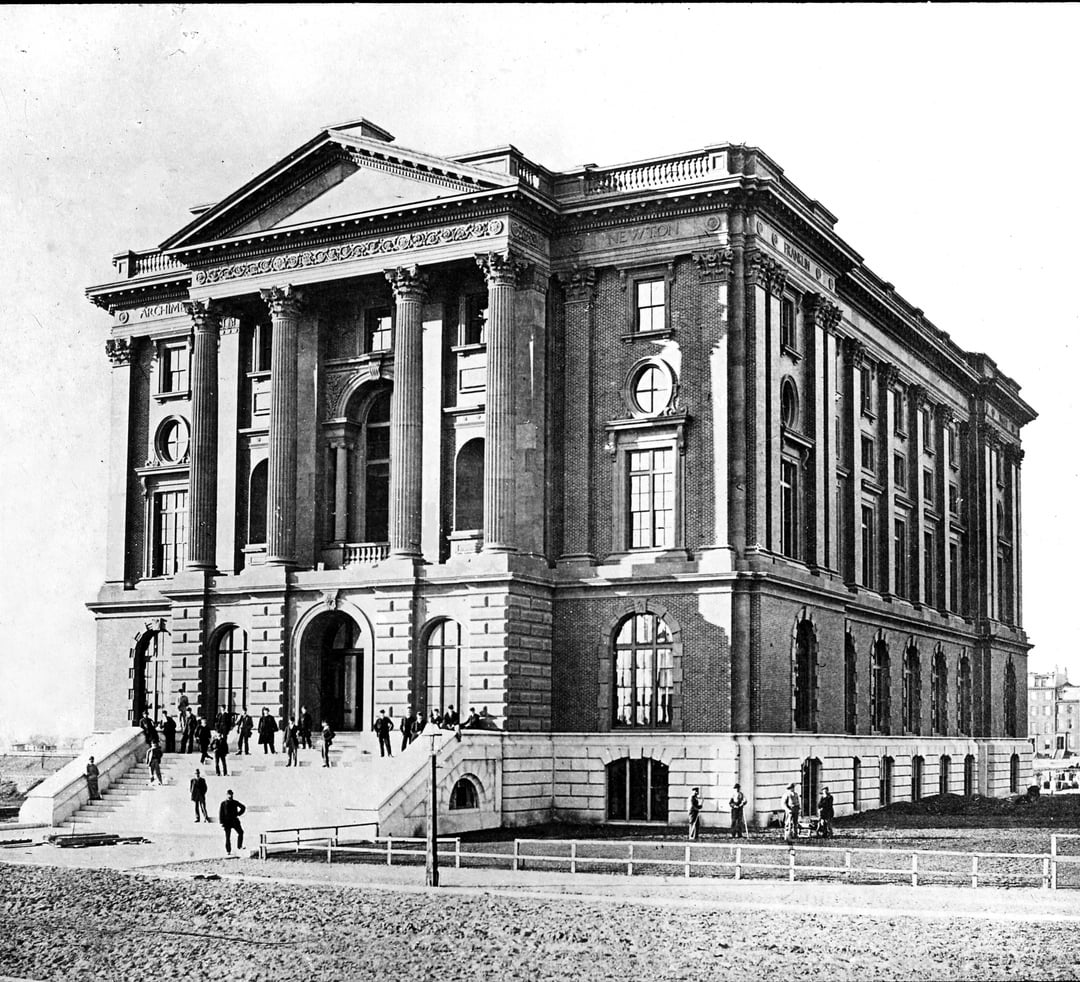
Entered MIT and earned a BSc in Physics, also named a Putnam Fellow in his senior year
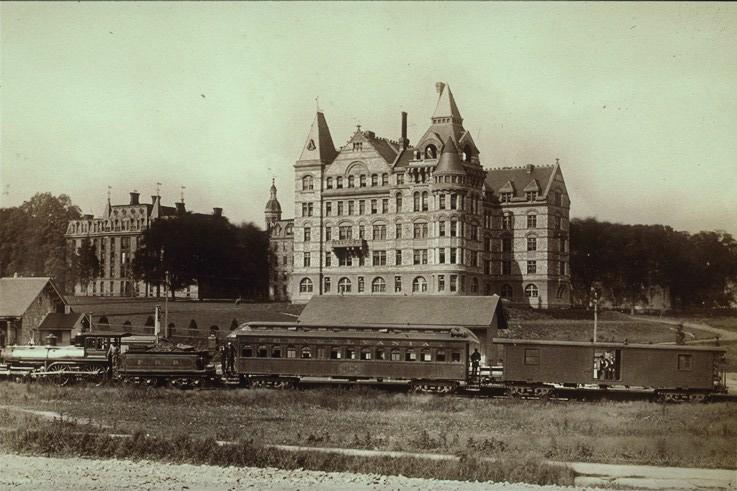
Pursued a PhD in Physics at Princeton University, and worked briefly as a research assistant.

Worked on the Manhattan Project at Los Alamos Laboratory; witnessed the first atomic bomb detonation in 1945

Appointed Associate Professor of Theoretical Physics at Cornell University; Introduces feynman diagrams
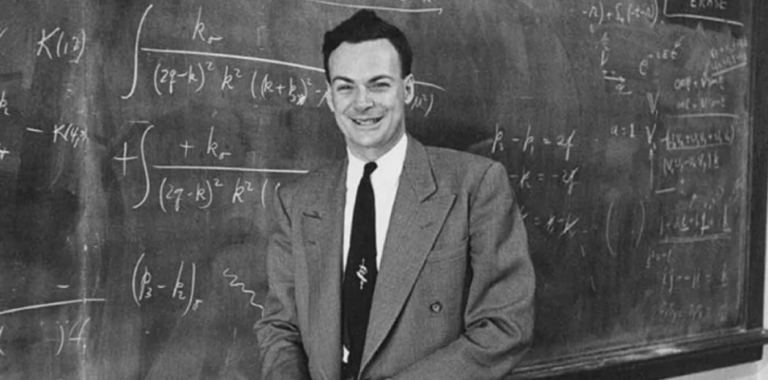
Joined Caltech as Professor of Theoretical Physics
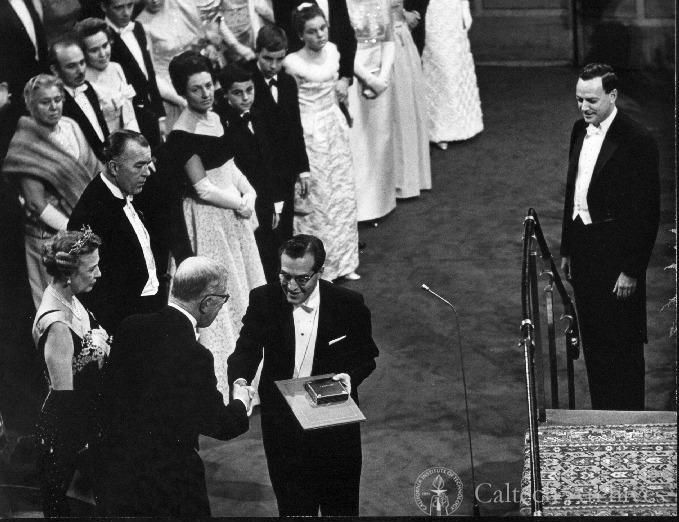
Awarded the Nobel Prize in Physics
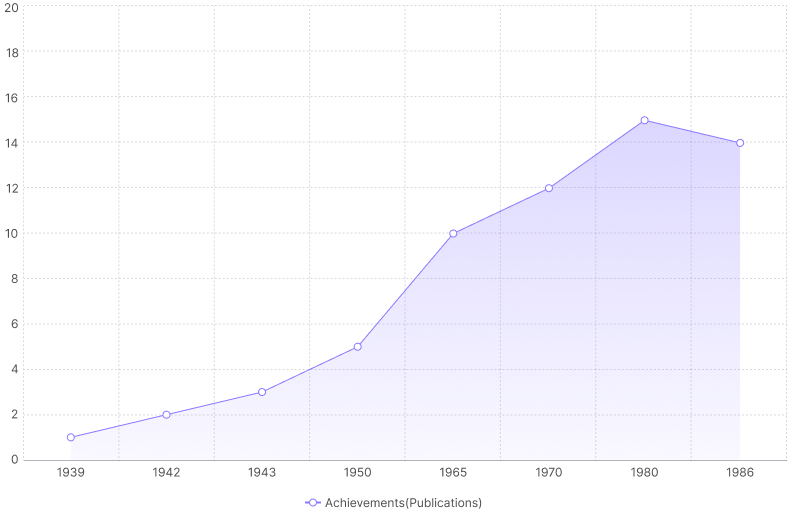
Feynman became a beloved teacher and writer. His three-volume The Feynman Lectures on Physics (1961-1964) remain foundational texts. Other popular works include QED: The Strange Theory of Light and Matter (1985), Surely You're Joking, Mr. Feynman! (1985), and What Do You Care What Other People Think? (1988).
Richard Feynman passed away on February 15, 1988, in Los Angeles, California, at the age of 69. His legacy lives on through his scientific Innovations, teaching style, and indomitable curiosity
Richard Feynman’s Nobel Prize-winning research transformed physics through his contributions to quantum electrodynamics (QED), the theory explaining how light and matter interact at the quantum level. In the 1940s, while at Princeton and later Los Alamos, he developed innovative mathematical techniques to tackle the complexities of quantum calculations. His creation of Feynman diagrams—intuitive graphical representations of particle interactions—simplified QED, making it accessible to physicists worldwide. This work, recognized with the 1965 Nobel Prize in Physics (shared with Julian Schwinger and Sin-Itiro Tomonaga), underpins modern particle physics, influencing technologies like semiconductors and quantum computing. A key experiment involved verifying QED predictions through precise measurements of the electron’s magnetic moment, aligning theory with observation.
In $A + B \to C + D$, internal lines give propagator factors, external lines mark particles at vertices with 4-momentum conservation, and the amplitude is the product of all such factors with external line directions showing time flow.
In this Feynman diagram, an electron (e−) and a positron (e+) annihilate, producing a photon (γ, represented by the blue sine wave) that becomes a quark–antiquark pair (quark q, antiquark q̄), after which the antiquark radiates a gluon (g, represented by the green helix).
In this diagram, a kaon, made of an up quark and strange antiquark, decays both weakly and strongly into three pions, with intermediate steps involving a W boson and a gluon, represented by the blue sine wave and green spiral, respectively.
Riochard Feynman's contributions to science and education earned him numerous prestigious
awards,
reflecting
his brilliance and impact.

Shared with Julian Schwinger and Shinichiro Tomonaga for their fundamental work in quantum electrodynamics(QED).
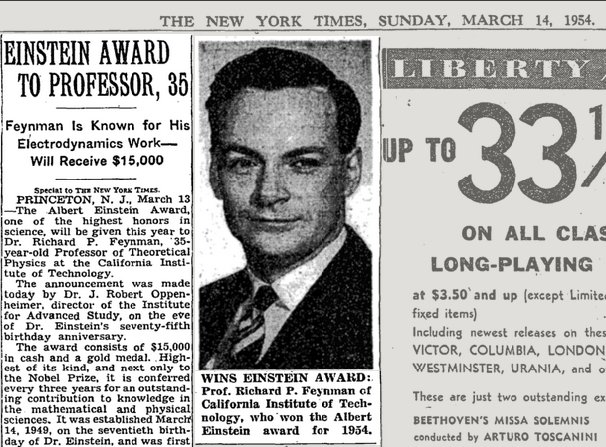
Recognized his early contributions to physics, marking him as a rising star alongside Einstein's legacy.
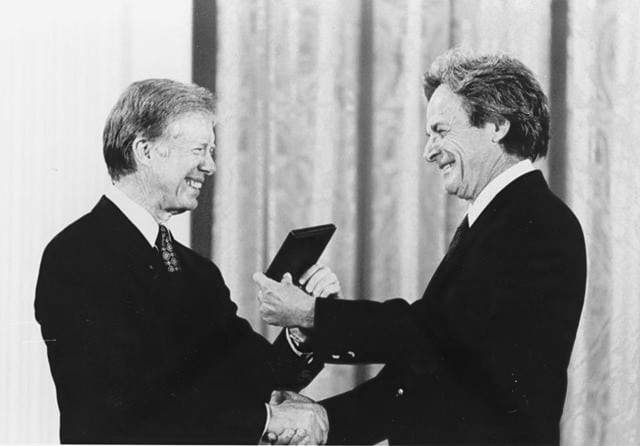
Awarded by the U.S government for his broad influence on science and teaching, highlighting his Feynman Lectures.
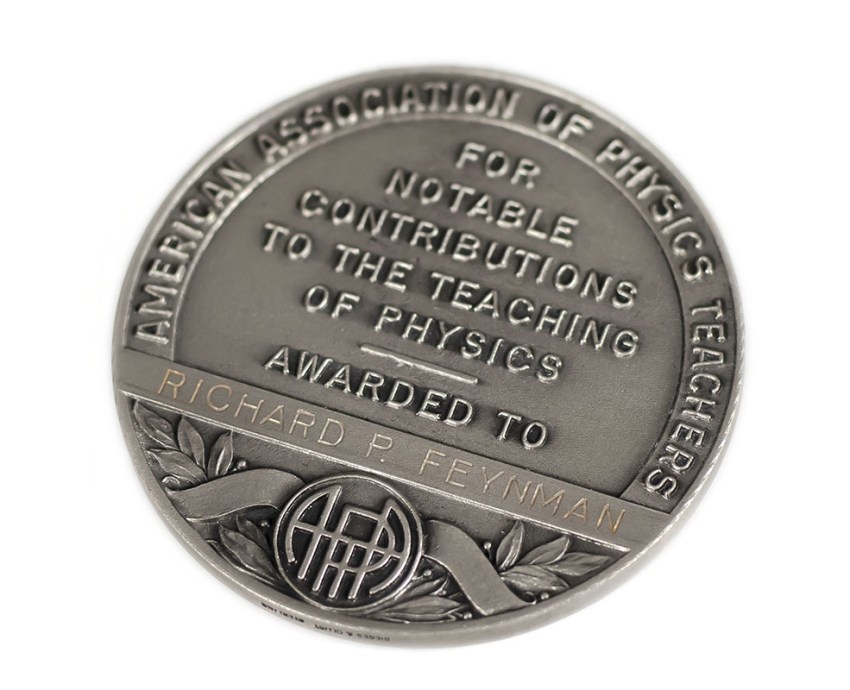
Honored by the American Association Physics Teachers for his exceptional teaching, cementing his role as an educator
Riochard Feynman's writings brought his scientific insights and personality to a global audience.
Here are his works.
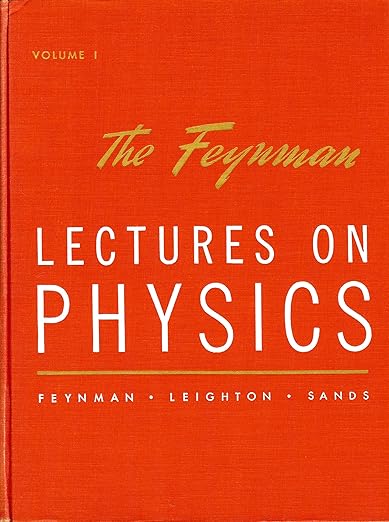
Co-authored with Robert Leighton and Matthew Sands, this three-volume set from his Caltech lectures offers a foundational physics education, blending rigor with clarity.

A memoir with Ralph Leighton, this bestseller reveals Feynman's adventures, from safecracking to samba, showcasing his wit and curiostity.
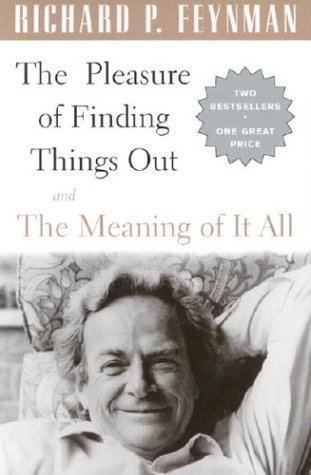
A posthumous collection of essays and interviews, edited by Jeffrey Robbins, highlighting his thoughts on science, education, and life.
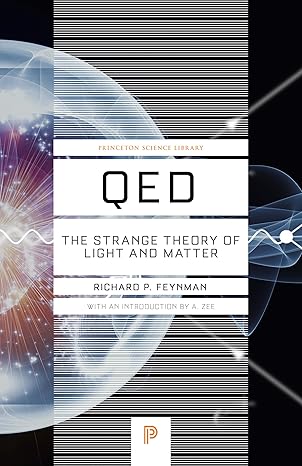
Based on his public lectures, this book explains quantum electrodynamics in an accessible way, reflecting his teaching genius.
Explore Richard Feynman's life through a collection of images capturing his personal moments,
scientific
achievements, and public persona.
